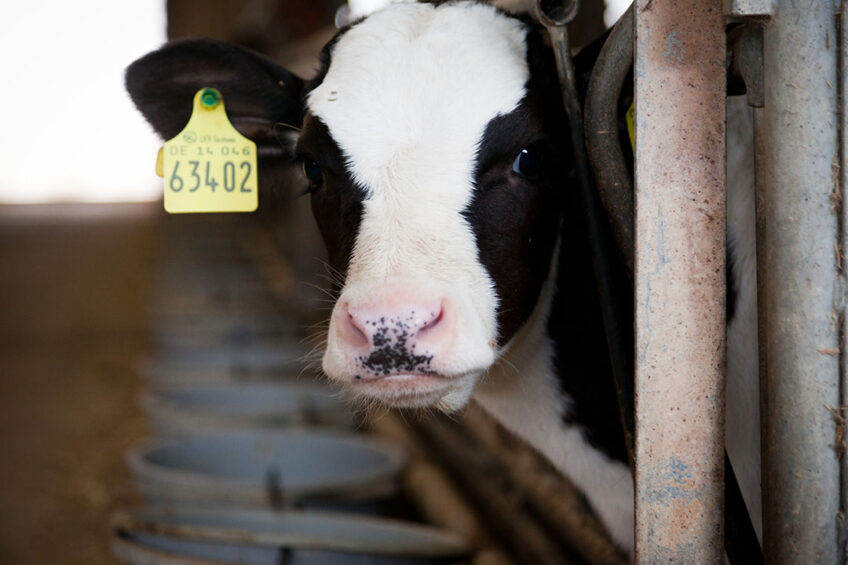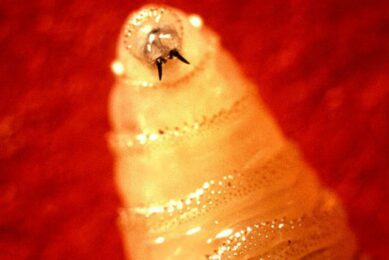Johne’s Disease – environmental and dam risks

Johne’s Disease is a chronic disease of ruminants, endemic in the UK and other nations, and is responsible for large economic losses in the dairy sector.
The disease is caused by Mycobacterium avium subspecies paratuberculosis (MAP), which typically infects calves that remain latently infected during a long period, making early detection of infection especially challenging.
Cow-to-calf transmission can occur in-utero via milk/colostrum or faecal-orally, so understanding the different transmission routes to calves is important in informing control recommendations.
The study
The aim of a longitudinal study was to measure the association between the transmission routes via the dam and the environment on a calf that subsequently tested serologically positive for MAP.
The study, carried out by researchers at the Royal Veterinary College, comprised of 439 UK dairy calves from 6 herds enrolled between 2012 and 2013. These calves were followed from birth until 2023.
Individual calf data was captured at birth. During follow-up, individuals entering the milking herd were quarterly tested for the presence of MAP antibodies using milk ELISA. Cox regression models were used to measure the association between exposure from the dam (in-utero and/or colostrum) or from the environment (long time in dirty yard) and time to first detection of MAP infection.
An association between calves born to positive dams and probability of having a MAP-positive test remained after excluding potential MAP transmission via colostrum (Hazard ratio: 2.24; 95% Cl: 1.14-4.41). Calves unlikely to be infected with MAP via the in-utero or colostrum route had 3.68 (95%Cl: 3.68 1.45-9.33) higher hazard of a positive test result when they stayed longer in a dirty calving area.
The effect of the dam infection status on transmission to calves precedes the dam’s seroconversion and persists after excluding the potential role of transmission via colostrum. So, the association between time spent in a dirty calving area and probability of a MAP-positive test result highlights the role of environmental contamination as a source of infection in addition to the dam.
In conclusion, the researchers found that:
- Map infection risk is partly driven by the dam’s infection status.
- Calves from infected dams have higher MAP infection risk, regardless of the dam’s test status at calving.
- Spending prolonged time in a dirty yard increases the risk of MAP infection.
- The dam’s impact on MAP risk extends beyond colostrum transmission.
- MAP persistence in commercial dairy herds results from a combination of dam-related and environment-related factors.
This research has been published in the journal Preventive Veterinary Medicine.
Join 13,000+ subscribers
Subscribe to our newsletter to stay updated about all the need-to-know content in the dairy sector, two times a week.










